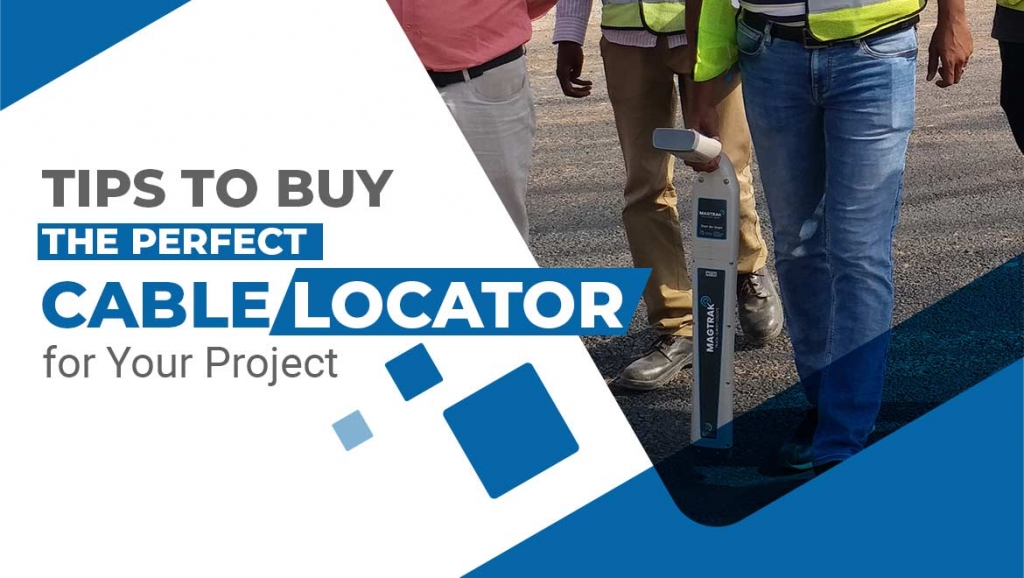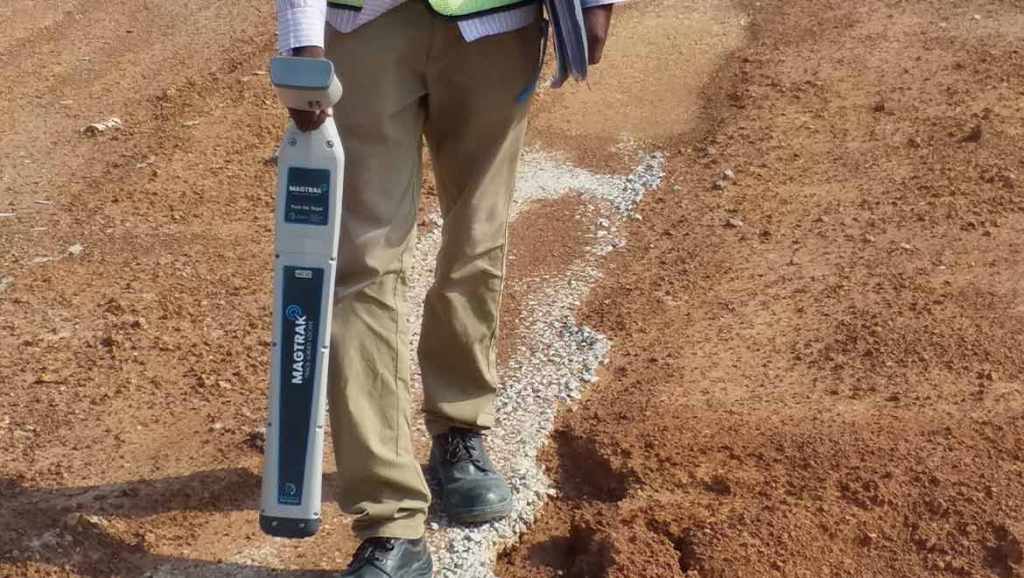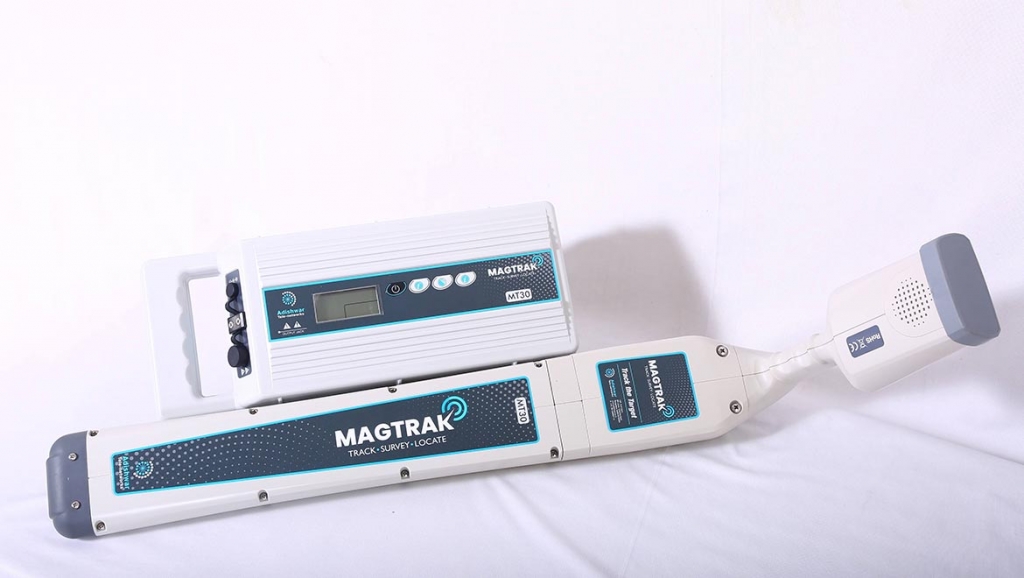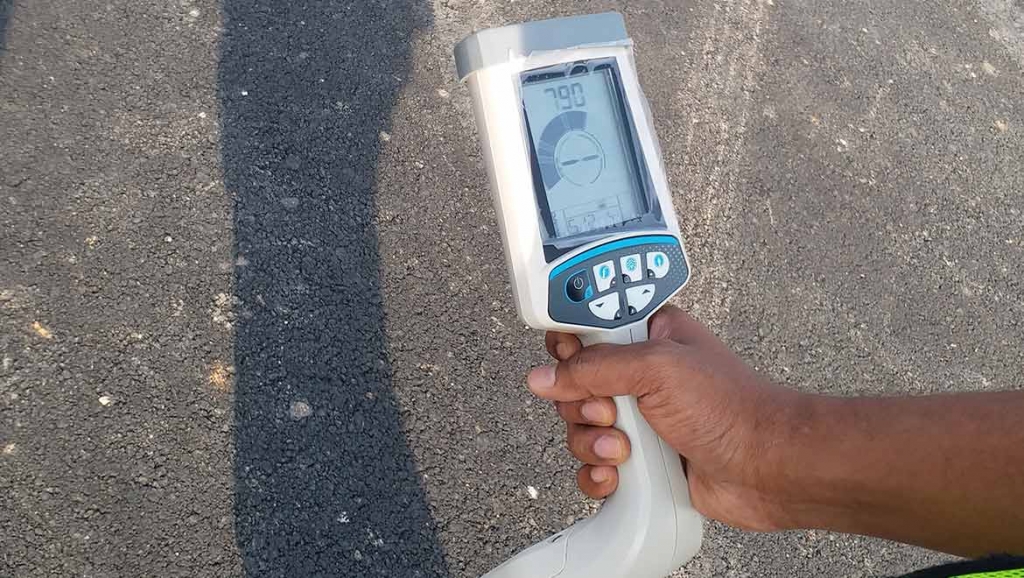
Before you install new fiber optic cables, you have to first identify and remove existing cables below the ground. A cable locator is a handy tool that helps you locate all buried cables, pipes and other utility structures under the ground, helping you avoid unfortunate accidents in the excavation site.
Underground cable and pipe locators have been around for years. But, with the increase in number of buried pipes and cables, there is a huge demand for high-quality cable locators that can accurately differentiate between the target cable and other utilities underground. Advanced cable locators give you the exact location and depth of a buried cable.
Underground cable and pipe locators have been around for years. But, with the increase in number of buried pipes and cables, there is a huge demand for high-quality cable locators that can accurately differentiate between the target cable and other utilities underground. Advanced cable locators give you the exact location and depth of a buried cable.
Underground cable locators play a crucial role in various projects including:
- Construction
- Fiber optic cable installation
- Detecting sewer and water lines
- Detecting power and gas lines
- Identifying buried CATV cables and more
How does a cable locator work?

Cable locators operate on two principles. Let’s check out both these methods in detail:
• Passive Location
In this method, the cable locator uses a radio receiver or detector to locate already existing signals emitted by cables buried under the ground.
• Active Location
While passive cable locators can detect signals emitted by buried cables, not all cables carry a live current or emit radio signals. In such cases, the passive cable locator will not be able to detect the cable.
This is where, active cable locators come into the picture. In active location, the cable locator bounces signals below the ground. The signal reaches the buried metal cable or pipe and bounces back to the receiver in the locator. Based on the strength of the signal received, the locator traces and identifies the location and the depth of the buried utility.
This is where, active cable locators come into the picture. In active location, the cable locator bounces signals below the ground. The signal reaches the buried metal cable or pipe and bounces back to the receiver in the locator. Based on the strength of the signal received, the locator traces and identifies the location and the depth of the buried utility.
How to choose the right cable locator for my project?

There are several types of cable locators in the market. They vary based on their size, weight, durability, features, and frequency range. Let’s take a look at how to choose the right cable locator based on various factors:
• Frequency Range
Choose a cable locator that can operate at multiple frequencies. Mid-range cable locators have a frequency range of 50 Hz to 200 kHz, while high-end models operate from 10 Hz to 35,000 kHz. You can always connect with a sales expert at Adishwar Tele Networks to help you find the right cable locator frequency that works best for your requirements.
If you’re an electric utility company working with live wires, then look for a cable locator that comes with a volt-ohm meter attached. This helps you find faults and cables, reducing your working time considerably.
If you’re an electric utility company working with live wires, then look for a cable locator that comes with a volt-ohm meter attached. This helps you find faults and cables, reducing your working time considerably.
• Depth Estimate
Different cable locators have varying accuracy levels. For example, high-end cable locators can detect cables buried deep underground, while entry pipe and cable locators work only up to a certain depth. If you’ll be working with cables buried deep underground, then look for equipment that can detect up to 16 feet deep or more. Go for locators that show an accurate depth reading that is not more than +/-5%.
• Durability
Look for a device that is shock-resistant, water-proof so that it can last for years, even when used in tough project environments. The latest cable locators are IP65 rated, meaning they are dust-proof and come with water proofing.
• Weight And Size
Look for cable locators that are lightweight and easy to carry. Since cable locators will be moved from one area of the site to another, having a lightweight model makes it easy to operate and handle.
What are the additional features to look for in a cable locator?

Besides the main factors, there are additional features that are a value addition to the device. Some nice-to-have features include:
• LCD Clarity
Look for a cable locator unit with a large LCD screen with backlighting, so that it makes it easy to track the readings in all weather conditions, especially outdoors. Some modern cable locators also feature graphical displays with bar graphs and SSI readings, that make it easy to interpret signal strength. Some even have a compass display to show the direction of the buried pipes and cables.
• GPS Receiver
This feature makes it easy to add positional data. Using the internal GPS receiver, you can automatically detect where the cable was found, how the operator was using the equipment. This info can be used for training purposes.
• Overload Protection
Some areas have high voltages from underground or overhead electricity cables. This can confuse operators. The overload protection feature prevents the unit from detecting the high voltage signals from outside interference, producing an accurate reading in all environments.
• Strike Alert
This built-in feature alerts the operator when the locator detects a buried object that is hazardous. This data is also recorded in the internal logs of the unit.
Wrapping Up
Keep in mind that not all cable and pipe locators come with all the features and functionalities you’re looking for. So, make sure to research the available models and choose the right device that suits your needs. And, if you need help finding the perfect cable locator for your project, reach out to our sales experts and we can help you!
Call Adishwar Tele Networks for the best fiber cable installation accessories in India at the best prices!
Call Adishwar Tele Networks for the best fiber cable installation accessories in India at the best prices!
